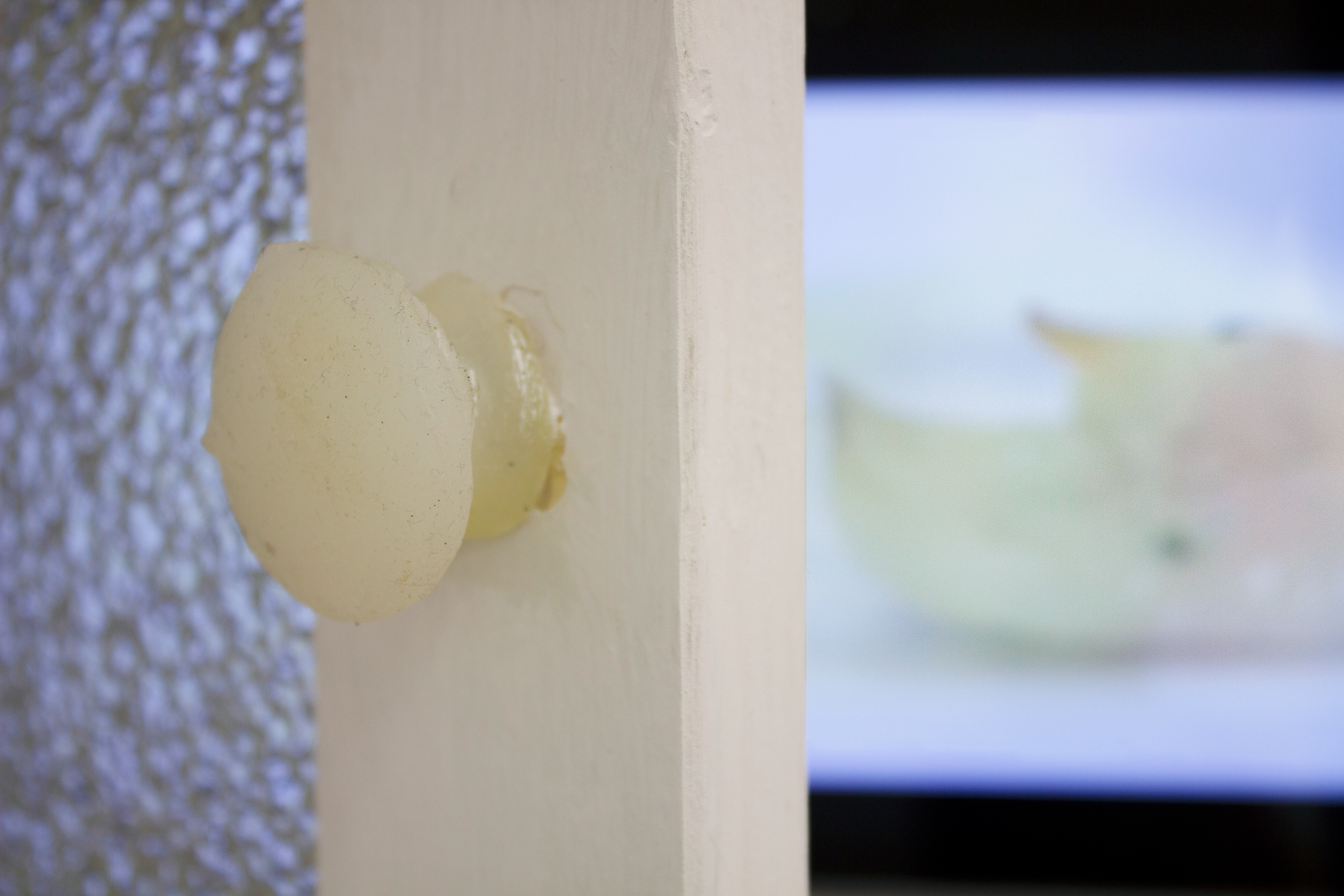
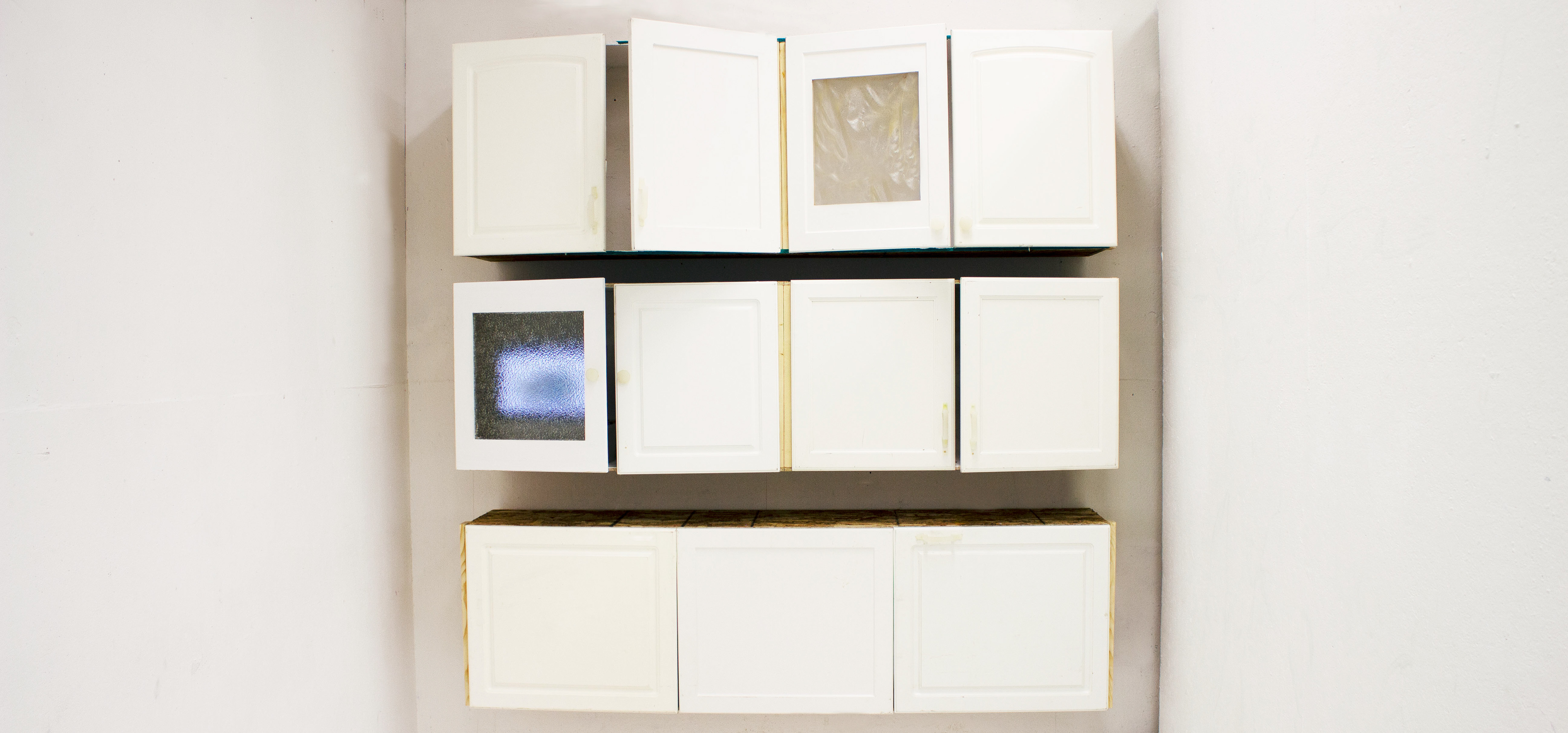
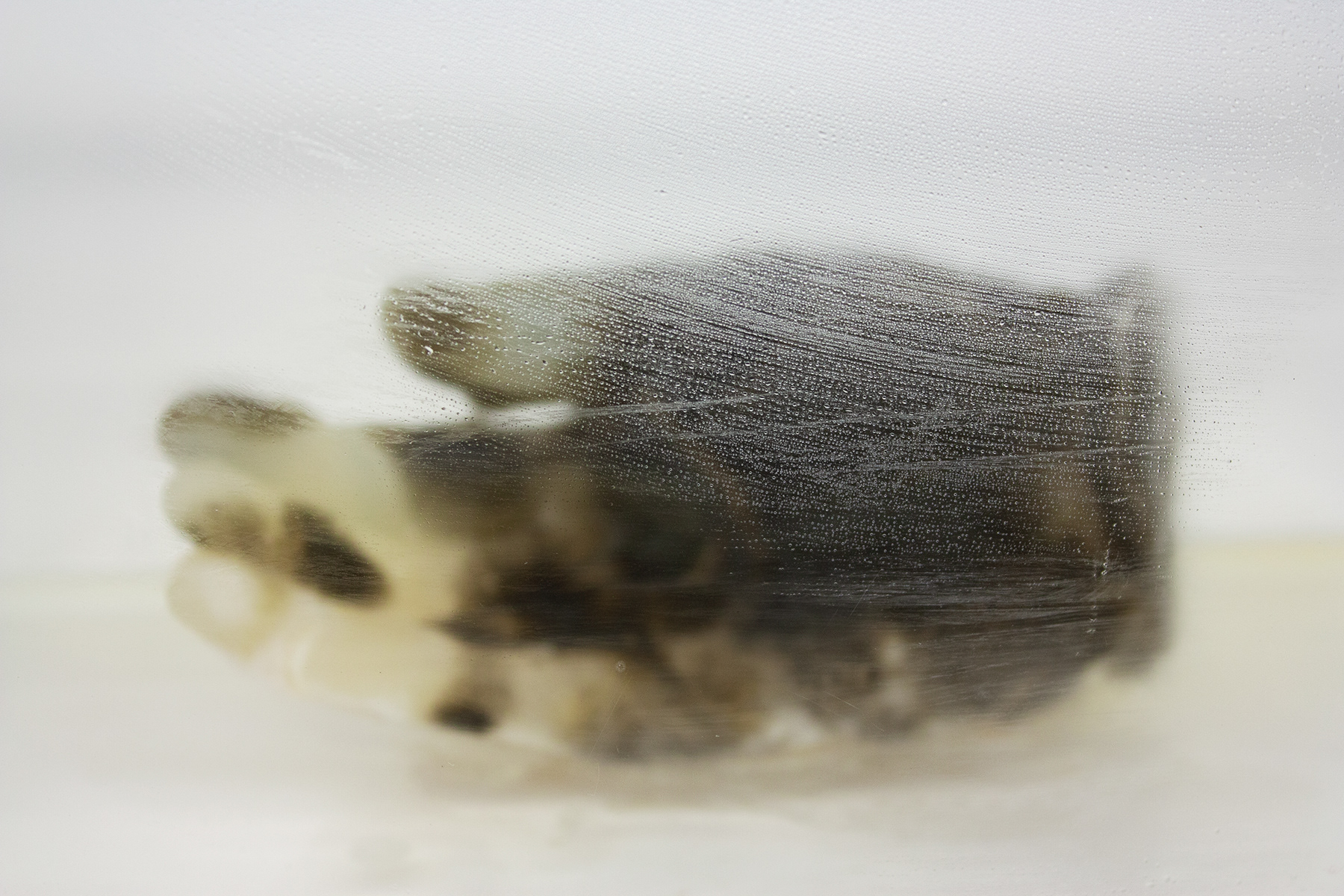
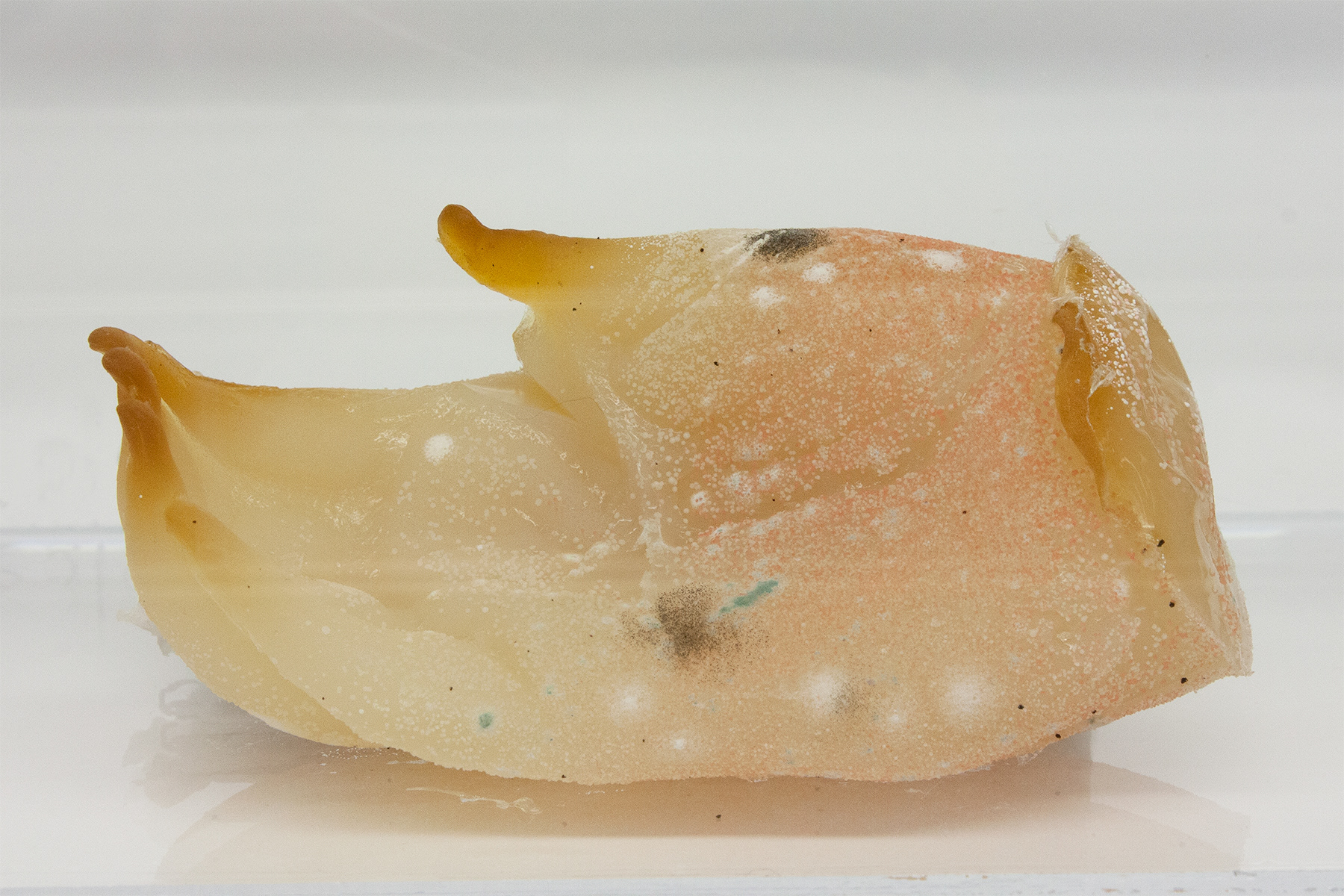
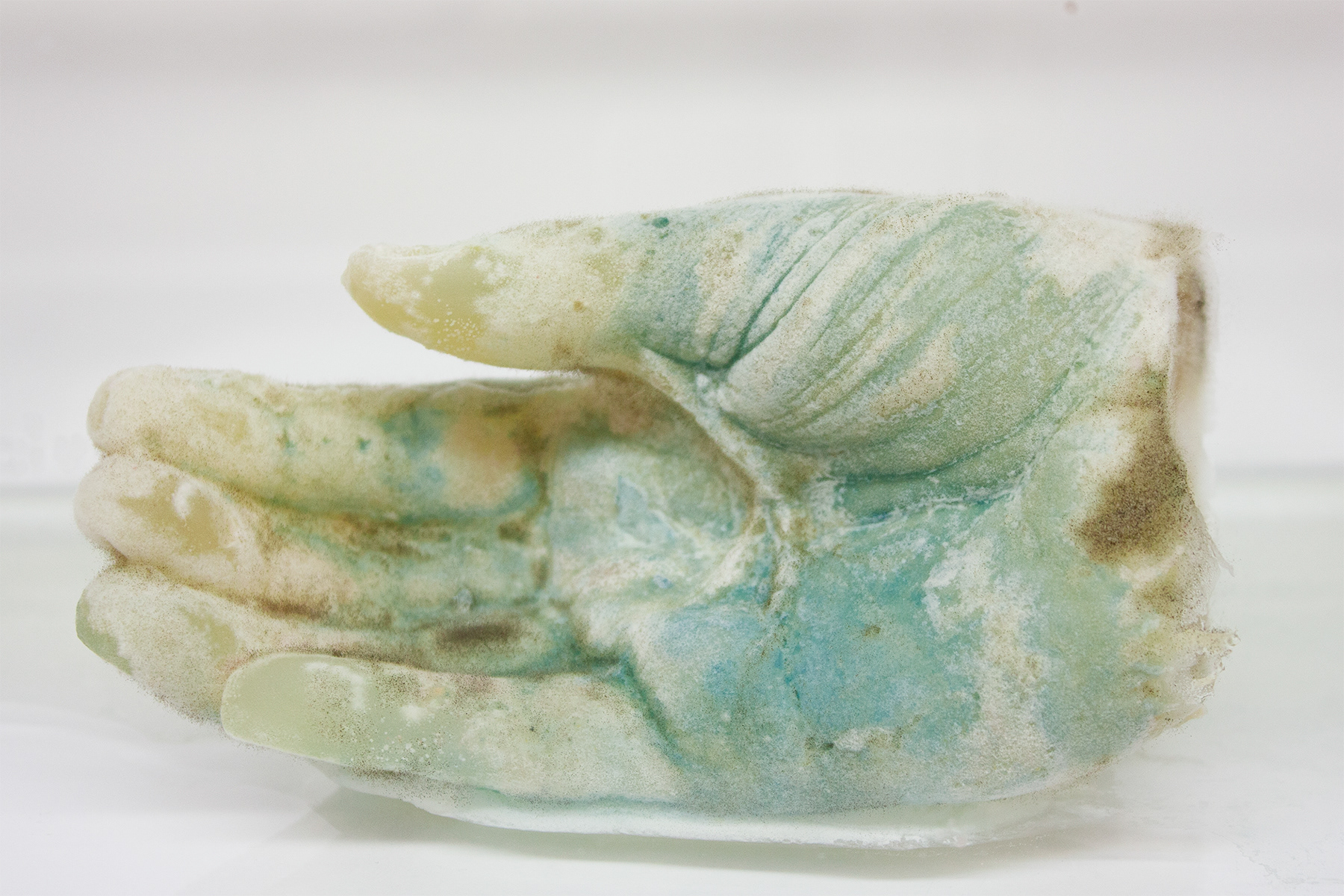
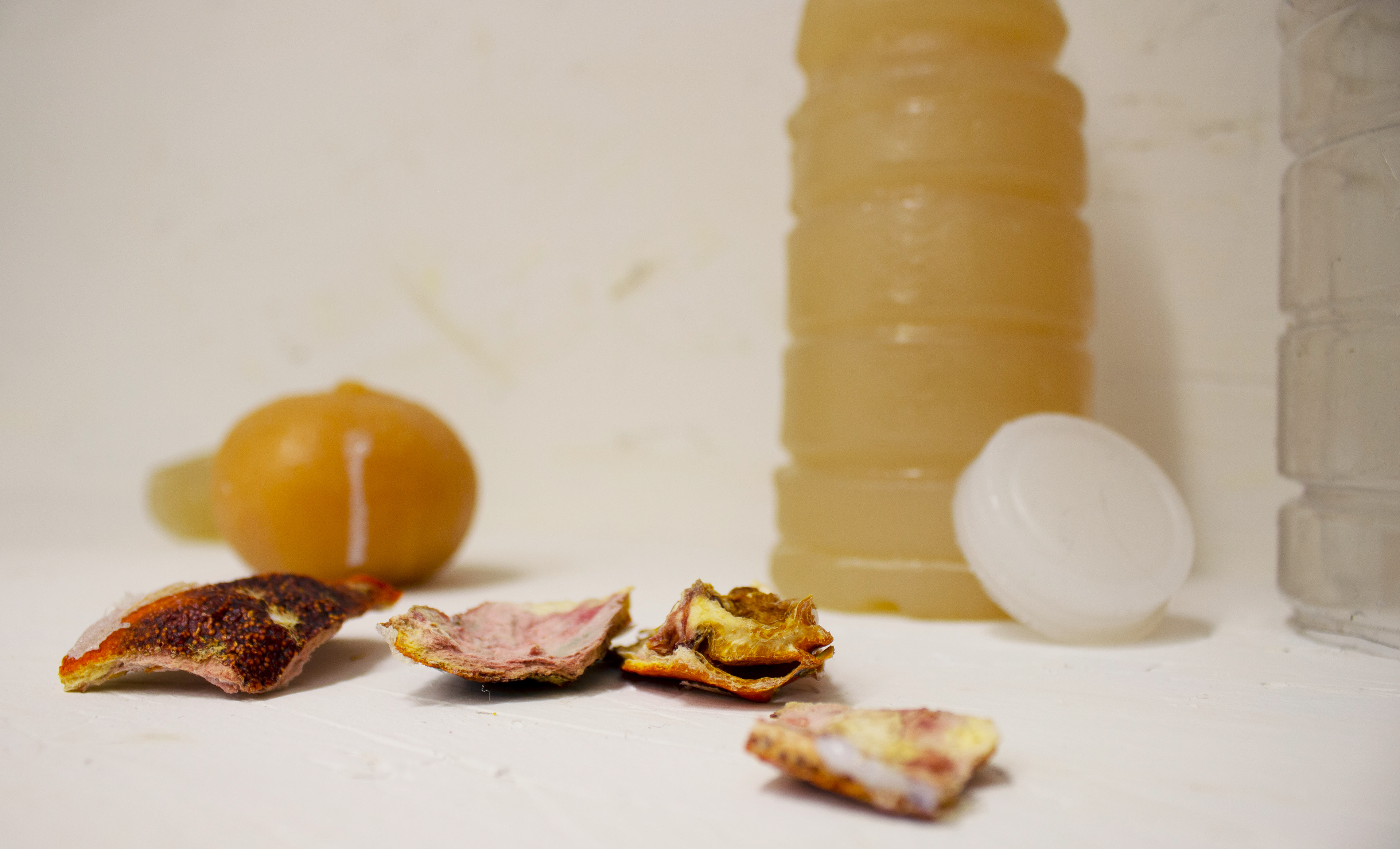
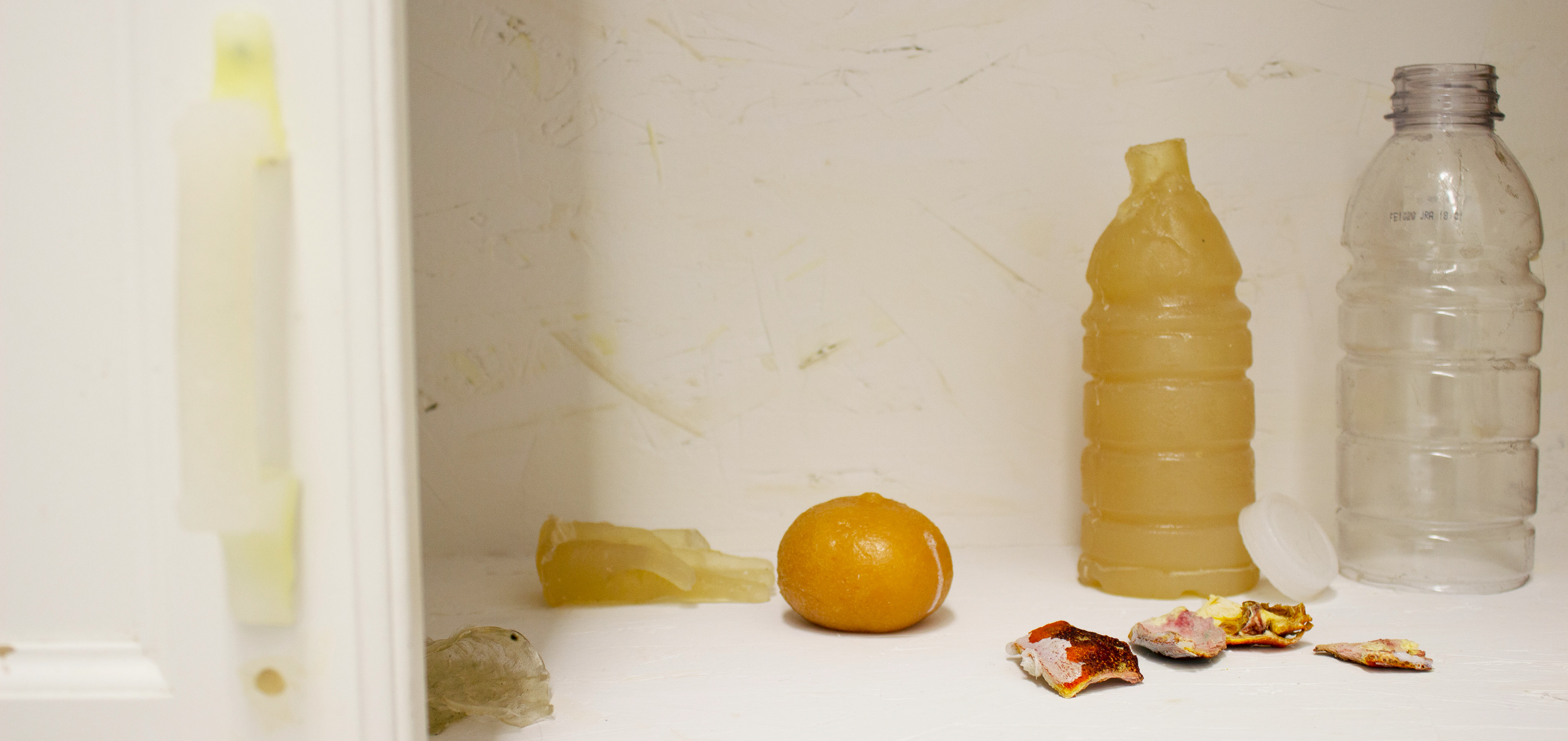

being touched by what we touch
2019
project description
This work is an interactive installation comprised of sculptures and video. Through a post-humanist and new materialist lens, I attempt to challenge the order and classification of objects by placing sculptures and video work in a wall of cabinets that make reference to a Cabinet of Curiosities toying with the perception of containment. The cabinets act as a framing device to direct viewers to engage in an act of exploration; searching for similarities and differences and finding the connective tissue between the natural and artificial materials and objects within the space. In an attempt to undermine the history of the Cabinet of Curiosities I invite the viewer to experience an intimacy and sensitivity with the objects to challenge the cold classification that the structure intended to perform. The collection of objects in concert with the videos aim to reduce the simplicity of categorization and to direct viewers to a more immersive and relational interaction with the objects posing ecological concerns about sustainability and response-ability.
The objects and videos inside of the cabinets as well as features of the cabinet itself attempt to reveal the permeable border of our perception between the artificial and the natural. I call into question the myriad ways we are interconnected to the biotic and abiotic world around us through objects and materials that form human and non-human assemblages. The door handles made of transparent silicone stick to the viewer’s hand and invites the viewer to continue a tactile exploration of the objects within the cabinet. Behind both a glass and bioplastic windowpane houses two video components in which cast agar hands become unrecognizable as fungal and bacterial growth covers the surface. The hands were inoculated with environmental contaminants from handles and surfaces the body has touched from both domestic and public spaces. The hands mimic the visual qualities of the silicone handles threatening to teem with growth as the handles’ surfaces become visibly coated in oil and residue from the environment and the touch of the viewers.
The other objects within the space are experimental inquiries regarding methods of consumption and sustainability practices. Oranges, textiles, frames and containers. These forms possess various material qualities while the videos explore different rates of transformation; each expressing stages of decomposition and growth. The viewer is encouraged to closely consider the temporalities of the objects and our relation to these processes and properties. This confusion of material properties calls to question ecological concerns – the relationship to material bodies is not so simple. The viewer, by virtue of being in the space, becomes a participant. Although this is not apparent immediately upon entering the installation. The moment they step onto the clean white surface of the floor, the space becomes a document of movement – tracking the direction of the viewer through footprints of dirt.
The viewer becomes aware they have been a part of an ecology all along, completing the installation with their organic presence modifying the space. They are encouraged to think about their relationship to the objects inside and outside of the container and to consider the ways they may be affecting the materials and the ways the materials may be affecting them.